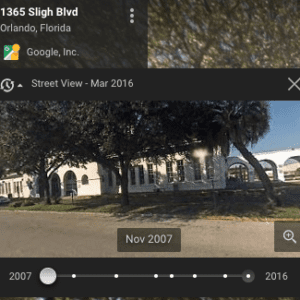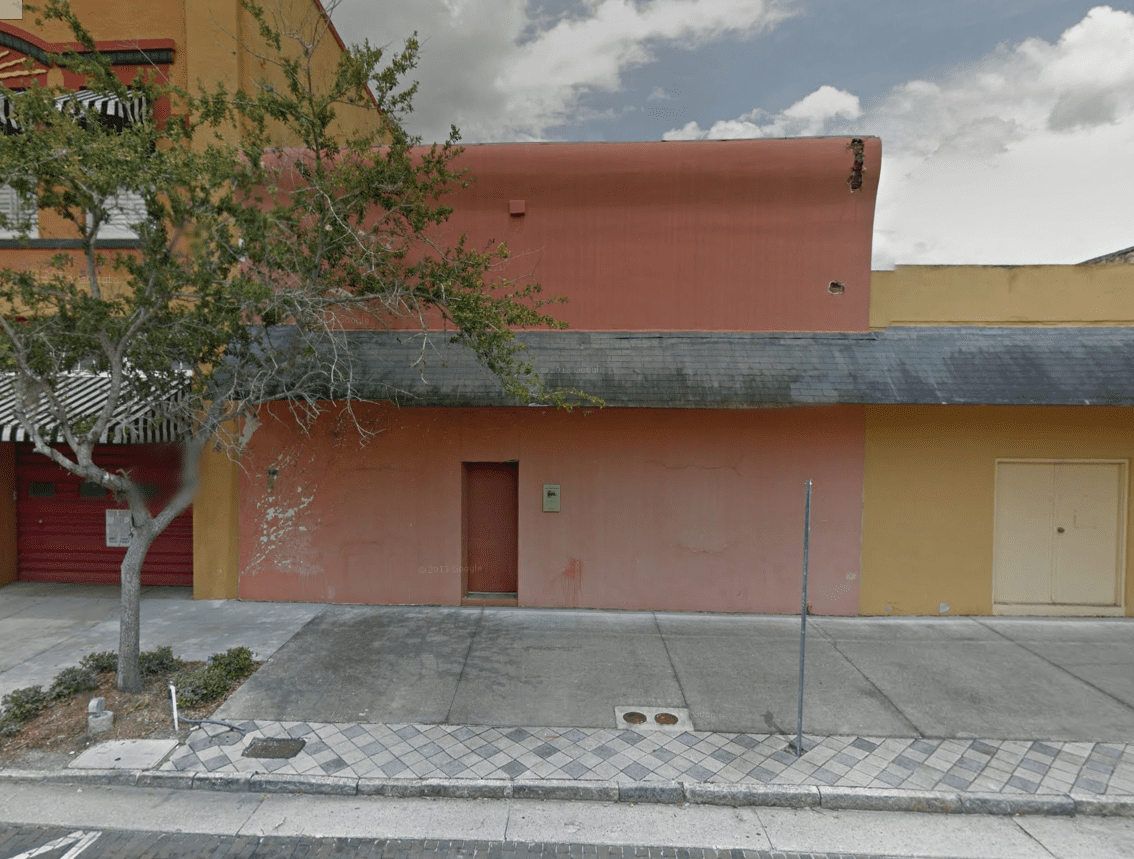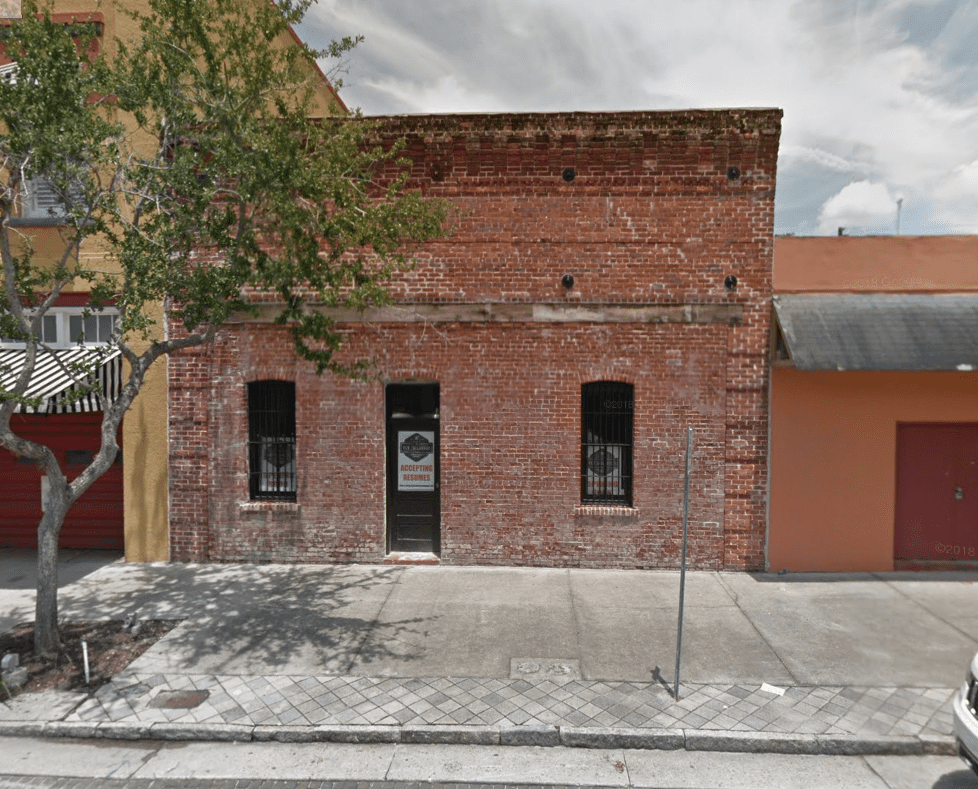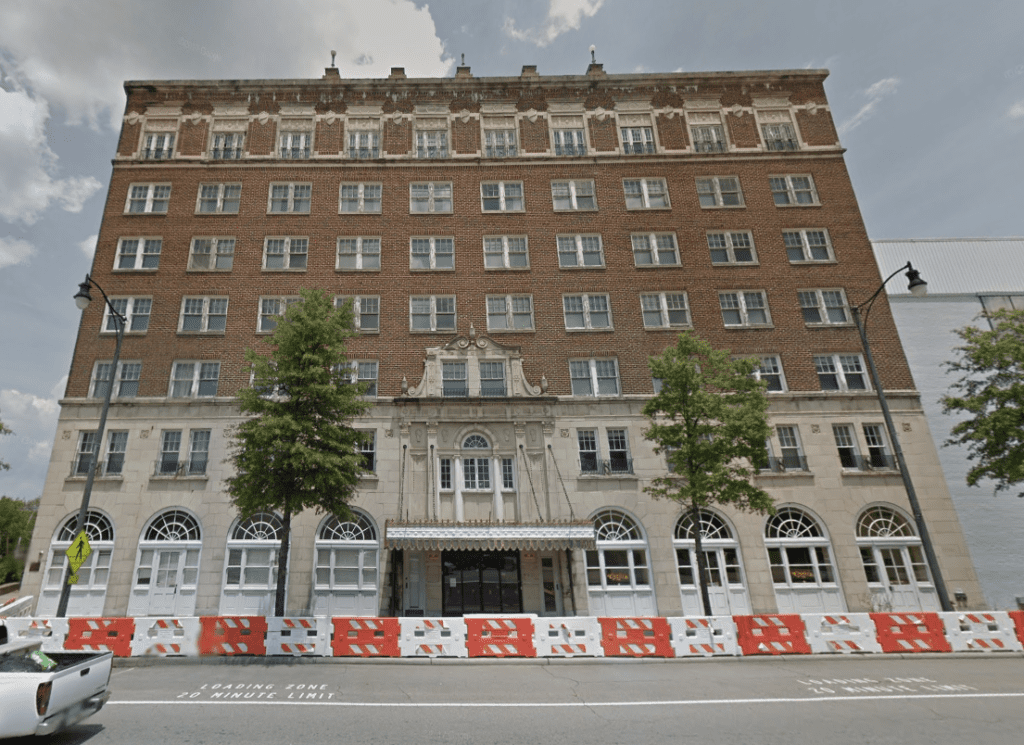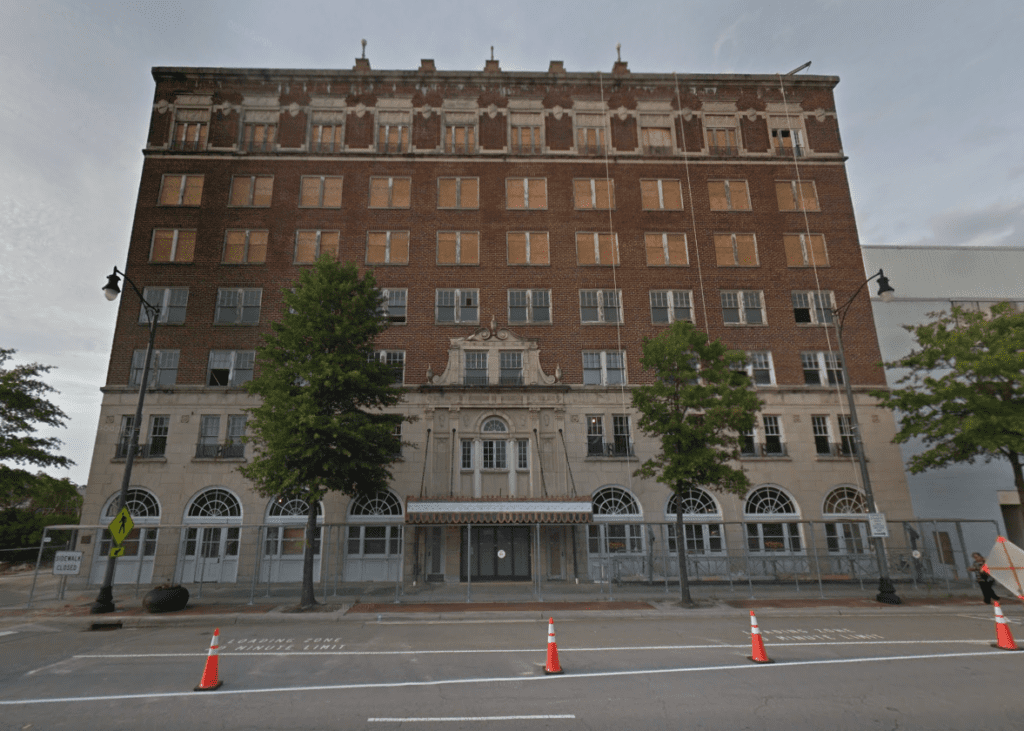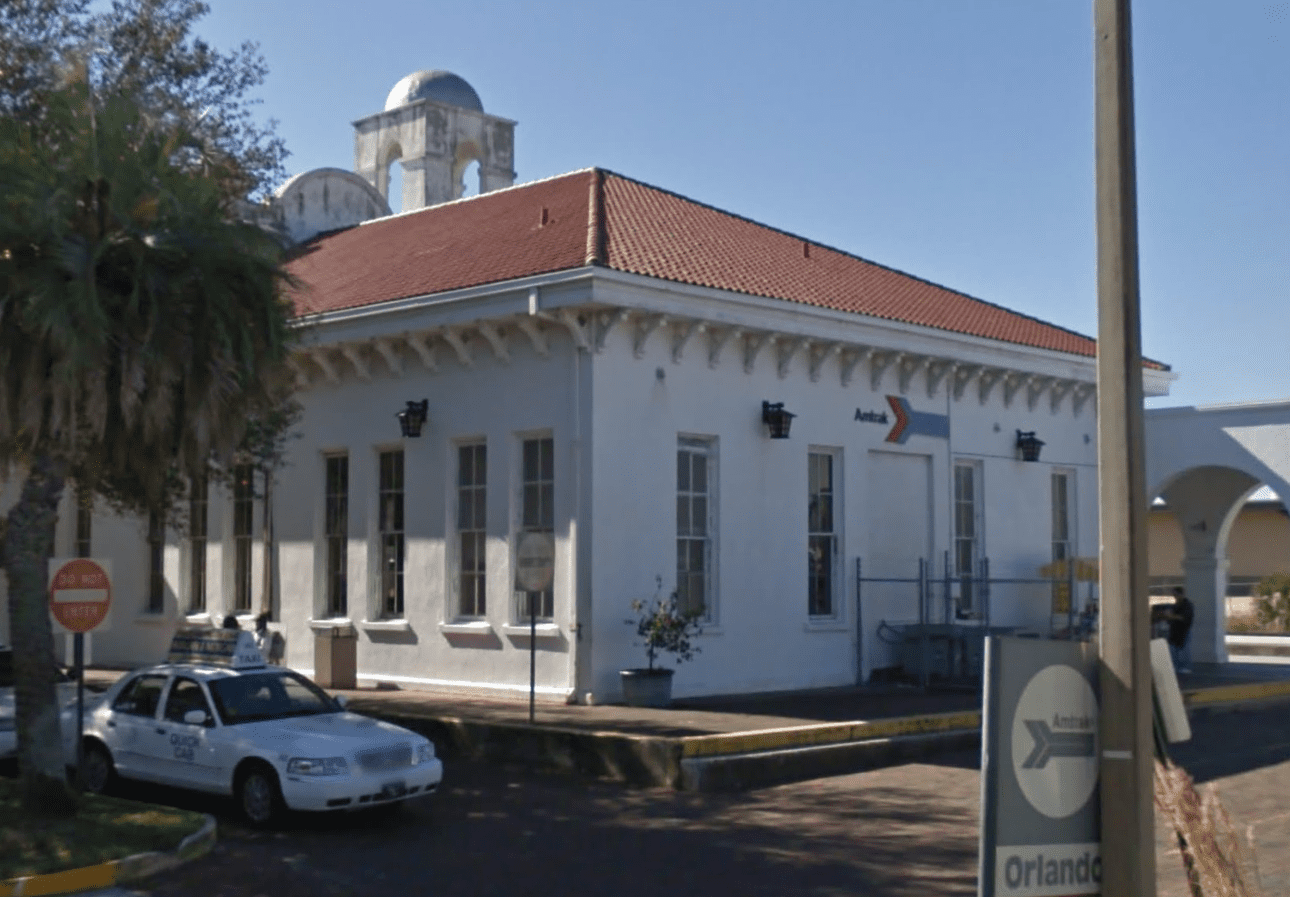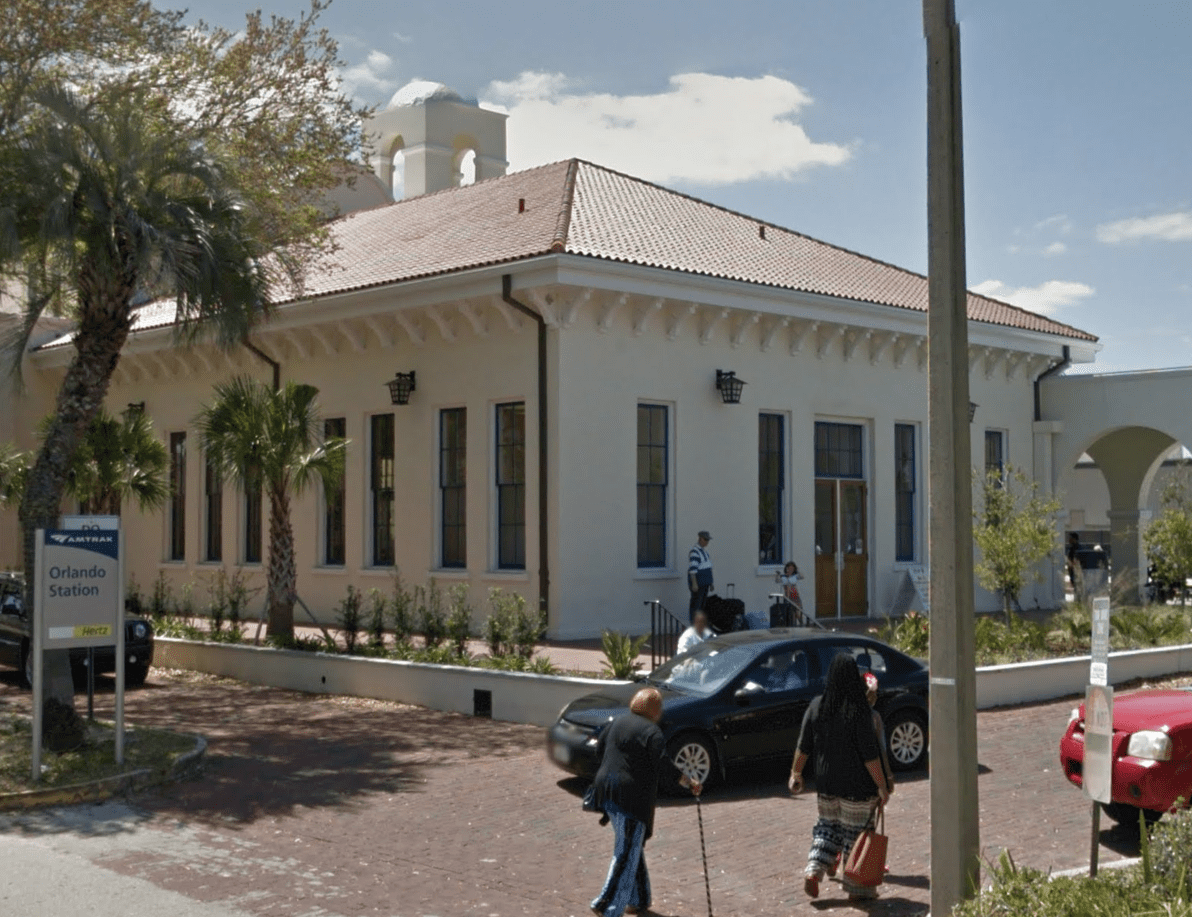
What if you could jump in a time machine and see what historic preservation has accomplished over the last 10 years? Well, you can and I’ll show you how in this post! But, first we need to answer a couple of questions. Does preservation make a difference in our neighborhoods and towns? Is it worth the money? Is it worth the effort? Does it even matter?
Sometimes it’s hard to see the difference historic preservation makes even when it’s right in front of you. Trying to see the improvements that preservation brings to a community is like trying to watch your kids grow. You might notice it over long periods of time, but on a day to day basis it seems like nothing is happening.
I’ve been doing some research lately about how preservation affects our communities and I’ve started using a new tool that we all have access to, but you’d never really think of it as a preservation tool. I’ll explain how I use this tool as my preservation time machine, but first I wanted to talk about what the effects of historic preservation are on our communities.
What Preservation Does
What is the point really? Why should we preserve rather than simply replace old, worn out buildings with new ones? It’s a valid question that every preservationist worth their salt should have an answer to. Why go through the trouble (and it is a lot of trouble)?
Property Values
This is less focused on the work of actually restoring a building and more on the fact that areas designated as local historic districts consistently have property values that appreciate faster in good economies and hold their value better in bad economies. I’ve written about it extensively with various sources in this post if you want the details.
Higher property values are good for homeowners who have more money and better for local communities who get higher property tax revenues. Win, win!
Local Economies
Historic preservation and restoration is done locally. These old buildings aren’t picked up and moved somewhere else to be restored. They are fixed up by local contractors using local tradesmen who buy materials from local suppliers. The money spent on restoring these old buildings is funneled directly into the local economy helping way more people than just those who work on the job site. The rising tide of preservation truly lifts all boats.
It’s More Than Money
I told you we’d get the Google Maps part and here it is! If you live in a town that has old buildings then you can sometimes forget how things looked five, 10, or even 50 years ago. Times change and we very quickly forget what buildings and neighborhoods looked like back in the day.
You can always take the time to dig through the archive at the local library or history center to find some really old pictures, but if you want to see how preservation progresses, try using Google Maps.
Google has been great about driving down our busy streets and taking pictures of everything they see along the way to use as part of their “Street View” version of their maps program. Sometimes it’s a terrible hairdo or a dog pooping, but the focus is on getting pictures of addresses along the route. These pictures are often available to be scrolled over across multiple years, dating back to around 2007 in most cases when Google began posting these images.
You can take these images and scroll back across the years to magically watch these neighborhoods transform. It’s a double edged sword because just as you can watch old buildings be brought back to life, you can see where some of preservation’s losses have happened and empty lots now stand in place of the historic building that once occupied the spot.
How to Time Travel With Google
Go to Google Maps and type in the address you’d like to see pictures of. You should see a street view of the address in the upper left hand corner of the screen. Click that image once and it will fill the screen. Now, in the top left corner of that full size image you should see a dialogue box that says “Street View” on the bottom like in the photo.
Click the word “Street View” and if there are multiple image dates available for that address (some addresses have limited or no additional images) then you can drag the slider and click the image in the box to see how the building looked at that moment in time.
Using this little time machine you can see how things looked and really get the feel for how neighborhoods and buildings have changed over the years. And it will only become more powerful as more images are added every year.
You can literally watch preservation in progress year by year as we either restore or replace our old buildings. Use it to show your city or town how preservation has improved previously run down areas and revitalized the town. It’s a powerful tool since pictures speak so much louder than words.
I’ve included a few pictures (credit to Google) of projects that my company has done or is in the process of completing below to give you a feel of what you can find. We all love a good before an after picture, but sometimes even a street cam from Google will suffice to show how truly vibrant historic preservation can make our towns.

Founder & Editor-in-Chief
I love old houses, working with my hands, and teaching others the excitment of doing it yourself! Everything is teachable if you only give it the chance.

